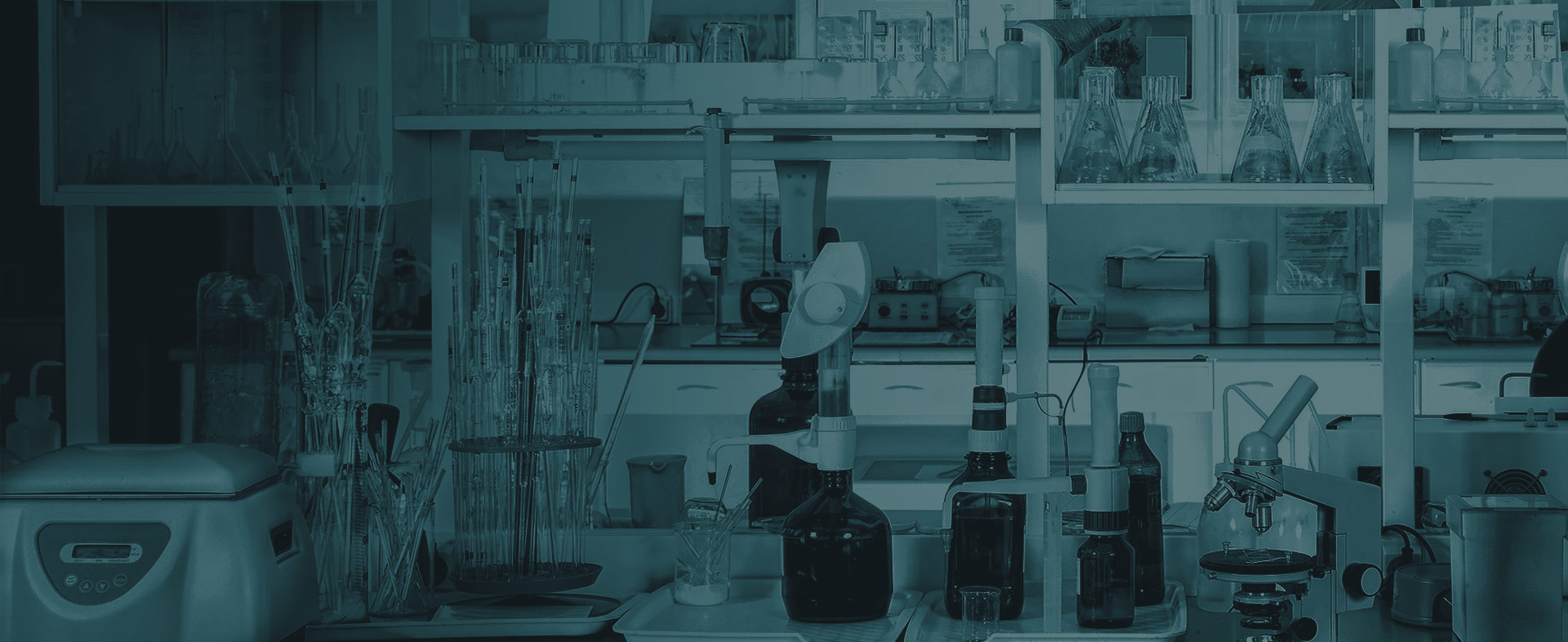The Use of EDXRF for Pharmaceutical Material Elemental Analysis
The EDXRF technique is a robust, precise, sensitive and accurate method with the potential to analyze inorganic impurities in many types of pharmaceutical materials. The analysis of the elements Al, Sb, As, Cd, Cr, Co, Cu, In, Ir, Fe, Hg, Pb, Mg, Mn, Hg, Mo, Ni, Os, Pd, Pt, Rh, Ru, Se, Sr, Tl, Sn, W and Zn are all feasible by EDXRF. The EDXRF technique is capable of generating reporting limits that comply with current and proposed pharmacopeia limits for these metals.
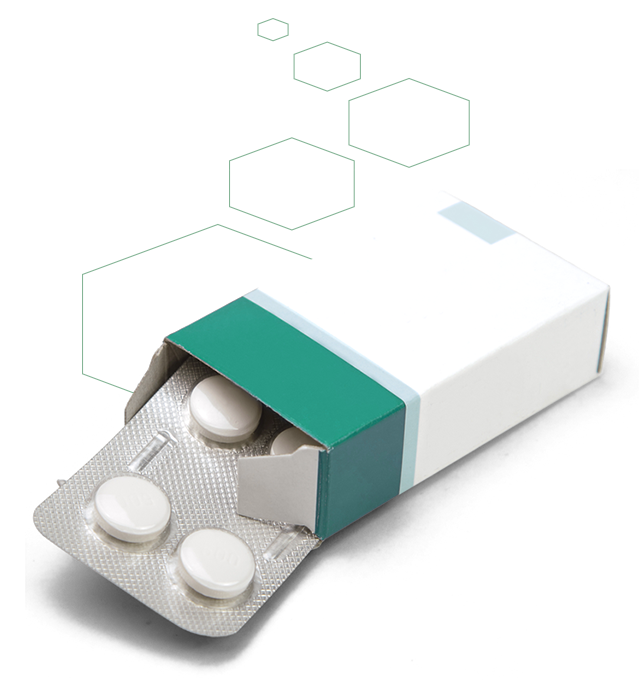
One of the most common product safety related analytical tests is the quantification of inorganic impurities within a pharmaceutical product. This includes toxic heavy metals, such as As, Cd, Hg, and Pb. Other metals, such as Fe, Cr, Ni and Zn, are also of interest due to health risks. In addition, many Active Pharmaceutical Ingredients (APIs) may contain residual metal catalysts, such as Ru, Pt, and Pd. Since there are many potential sources of contamination, it may be of interest to measure raw materials, intermediates as well as final products.
X-ray Fluorescence (XRF) technique is capable of performing elemental analysis of all of these pharmaceutical (liquid, powder and solid) materials with high sensitivity, precision and accuracy. Simple sample preparation, non-destructive analysis, a wide dynamic range and good to excellent detection limits across large parts of the periodic table are some of the advantages of this method.
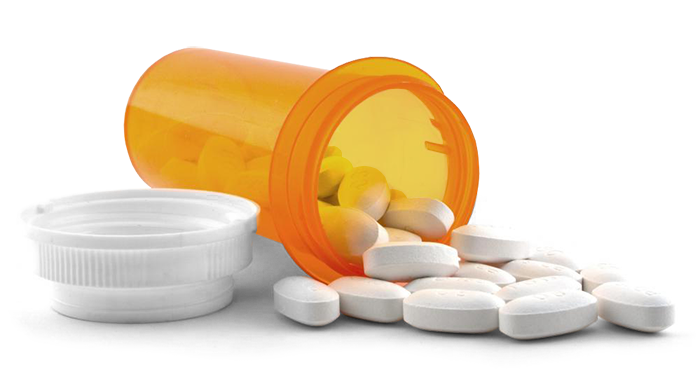
Liquid samples
Liquid samples are poured in special sample cups, equipped with a supporting film. This film should be transparent to X-rays, chemically inert and free of contamination. Typical films are made from polypropylene and have thicknesses varying from 2.5 micrometers to 6 micrometers. The thinner films have higher transparency to X-rays (leading to higher intensities); the thicker films are more robust. These cells can also be used to analyze loose powders. Organic matrices (such as many pharmaceutical materials) exhibit relatively low X-ray absorption. To ensure that the X-ray intensities are determined only by the composition of the specimen and independent from the absolute mass, it is recommended to fill these cells to at least 1.5 cm in depth.
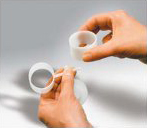
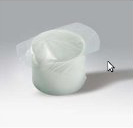
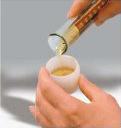
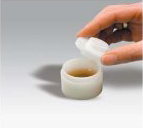
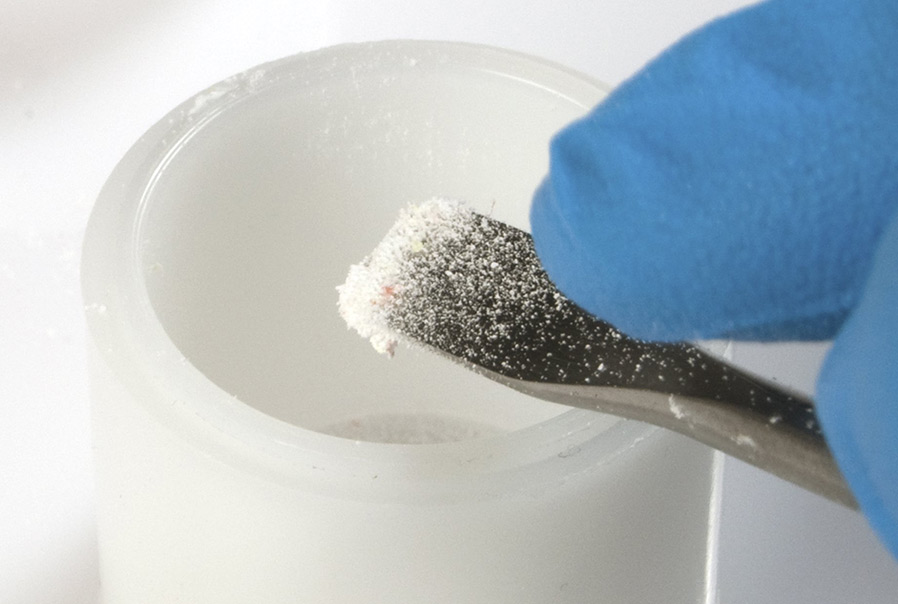
Powder and solid samples
Loose powder samples may be placed directly into a disposable sample cup. Coarse powders must be ground to a fine particle size. Powders can also be pressed into a solid pellet. This generally requires the addition of some binder. The resulting pellets can be analyzed without supporting film, and can also be analyzed in vacuum. The amount of binder added rarely exceeds 10% of sample mass, so the effect of the dilution is minimal. Advantages of pressing a sample are increased repeatability due to constant volume, enhanced light element reproducibility because air voids are removed which can absorb X-rays and the possibility to directly measure a pressed pellet without a supporting film resulting in greater sensitivity. Some materials such as lactose or cellulose do not require the addition of a binder, while other

